#kaiser wilhelm
Photo
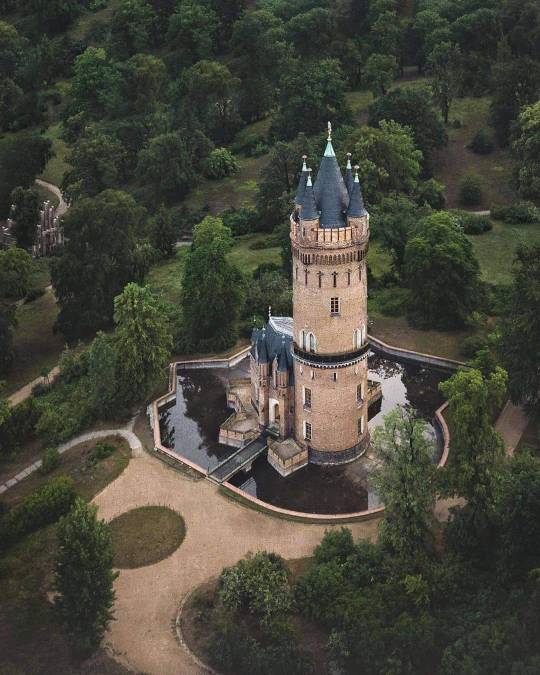
‘Flatowturm’ (Flatow Tower) at Babelsberg Park, Potsdam, Germany,
Built from 1853 to 1856 for Kaiser Wilhelm I according to designs by Johann Heinrich Strack.
Eric Reinheart Photography
#art#design#architecture#castle#tower#flatowtower#flatowturm#kaiser wilhelm#landscaping#park#badelsberg#luxuryhouse#luxuryhome#luxurylifestyle#style#history#eric reinheart#germany#potsdam
2K notes
·
View notes
Text

Young Prince Wilhelm, future Emperor of Germany and King of Prussia (AKA Wilhelm II).
#all i need to say is smash#kaiser wilhelm#kaiser wilhelm II#kaiser#prince wilhelm#willy#vintage photo#young#old photos#old royal#old royals#hoenzollern#house of hoenzollern#king of prussia#emperor of germany#prince#king#emperor
16 notes
·
View notes
Text



Caption reads: An illustration by Maurice Guillaume for the French weekly satirical magazine, "La Baionnette" or "The Bayonet" featuring caricatures of American actor and comedian Charlie Chaplin carrying a large mallet with Germany's Kaiser Wilhelm II dressed as a court jester during World War One, published in Paris on 22nd March 1917
#charlie chaplin#charlot#kaiser wilhelm#cartoon#world war i#la baionnette#the bayonet#french satirical magazine#march 22nd 1917
10 notes
·
View notes
Text

Postkarte von 1901 mit Freiraum für Mitteilungen. - Kaiser Wilhelm II.
0 notes
Text

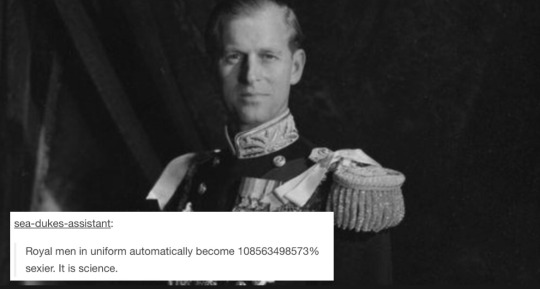


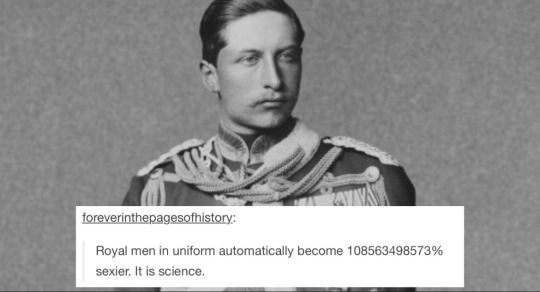

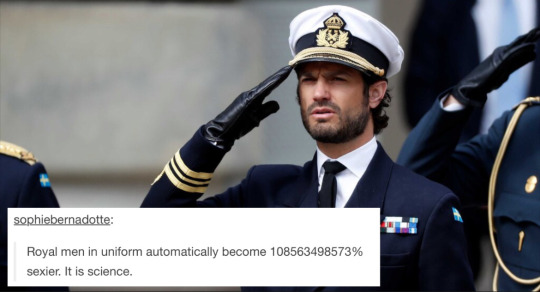
royal men + text post memes (insp.)
#i asked a few of my friends which royals they thought looked the hottest in uniform and was going to surprise some others#but some of my friends said the same person and i didn’t want to leave anyone out that also liked them#so i was gonna just make them all say duchessofvolterra but that’s boring so i’ll do more in the future to have all of my friends!#maybe i’ll try again with royal women in uniform#and give anne her own post ofc so i can misquote multiple fannes#king felipe vi#prince philip#prince william#prince of wales#tim laurence#crown prince frederik#kaiser wilhelm ii#prince carl philip#spanish royal family#british royal family#danish royal family#swedish royal family#scandinavian royalty#prussian royal family#glowingatdawn#sea-dukes-assistant#leonisandmurex#abigaaal#foreverinthepagesofhistory#world-of-wales#sophiebernadotte#royal fandom#text post memes#my edit#my gifs
183 notes
·
View notes
Photo

Yves Klein, Lecteur I.K.B élégant, [SE 173], (dry pigment and synthetic resin on natural sponge, metallic rod and stone base), 1959 [Kunstmuseen Krefeld / Kaiser Wilhelm Museum, Krefeld. © The Estate of Yves Klein/ADAGP, Paris]
#art#sculpture#mixed media#yves klein#archives yves klein#kunstmuseen krefeld#kaiser wilhelm museum#1950s
239 notes
·
View notes
Text

Kaiser Wilhelm II, King George V and Prince Arthur, Duke of Connaught during King Edward VII's funeral procession, 1910
#kaiser wilhelm ii#king george v#prince arthur#duke of connaught#british royal family#brf#prussian royal family#british empire#1910
45 notes
·
View notes
Text
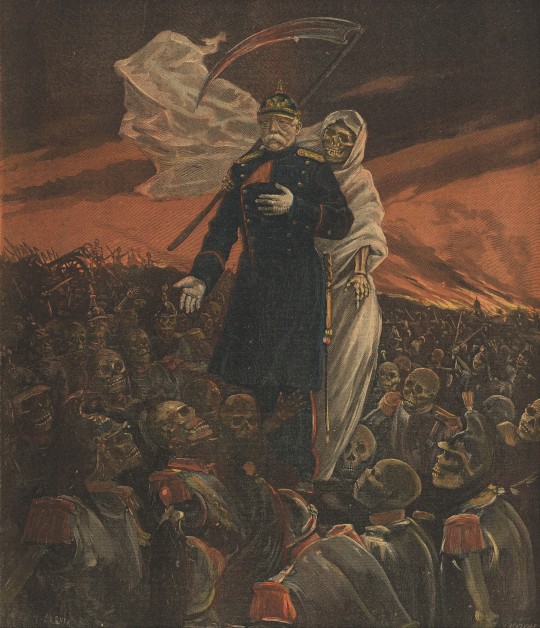
#art#vintage#illustration#allegory#henri meyer#Fortune Louis Méaulle#allegory of war#propaganda art#kaiser wilhelm i
104 notes
·
View notes
Text

#kaiser wilhelm ii#kaiser wilhelm 2#kronprinz rudolf#going crazy rn#i cant find this fucking film anywhere only 2.5 trailers#and you cant fucking imagine how much gay shit there is in those 2.5 trailers#IM INSANE RN
26 notes
·
View notes
Photo
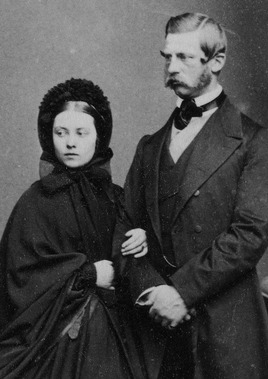

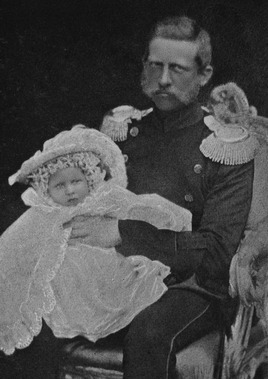



27 January 1859 | Birth of Kaiser Wilhelm II
The husband of the young mother provides us with a poignant portrayal of her intense suffering. After Martin had examined the Princess, Fritz asked him for a full and frank account of what could be expected. Martin explained that while Vicky’s life was not in danger, that of her child was. Fritz thereupon instructed the doctors ‘only to think of the mother, but was informed that it was medical practice to try save both mother and child’. The Prince nevertheless prepared himself ‘to witness the birth of a stillborn child’. He vividly describes the pitiful condition of the mother, who was unware of how dangerous the situation was for her baby:
Vicky’s pain, as well as her horrible screams and wails, became ever more severe; however, whenever she was granted a respite from her suffering, she would ask for forgiveness from everyone for her screaming and impatience, but she could not help herself. When the final stage of labour began, I had to try with all my might to hold her head in place, so that she would not strain her neck over much. Every contraction meant a real fight between her and me, and even today [29 January] my arms still feel quite weak. To prevent her from gnashing & bitting, we made sure there was a handkerchief in her mouth at all times. Occasionally I had to use all my strengh to remove her fingers from her mouth, & also place my own fingers in her mouth. With the strength of a giant, she was at times able to hold off 2 people, & thus the awful torture escalated until the moment of birth was so near that complete anaesthesia with chloroform was undertaken... Vicky was laid at right angles on the bed; she let forth one horrible, long scream, & was then anaesthetised.’
Fritz describes how, upon hearing not a cry from the newborn, he sank ‘in a half-faint’ onto the bed next to Vicky, whom he had been holding in his arms during the entire ordeal. Martin’s tone of voice as he uttered the words ‘It’s a prince’ seemed to confirm the father’s worst fears, and Fritz thought that what the doctor meant was: ‘such a shame - a boy on top of everything else’, until suddenly heard the child crying in the next room. ‘The sound cut through me like an electric shock; Martin said I should go in, Countess Perponcher took Vicky in her arms, & I staggered, in a half-faint, into the next room where the baby was in the bath, & first I fell into Mama’s arms, & then I sank to my knees. The baby cried again when he was given a further number of slaps, and everything seemed to indicate that all was well, indeed, wonderful, & I was assured that he would live!’
Young Wilhelm: The Kaiser’s Early Life by John C. G. Röhl.
#kaiser frederick iii#empress victoria#victoria princess royal#prussia#kaiser wilhelm ii#vicky was barely eighteen#when she went through this birth trauma#thank god she had fritz#*whatta man* starts playing#what a man what a man what a man#what a mighty good man
153 notes
·
View notes
Text
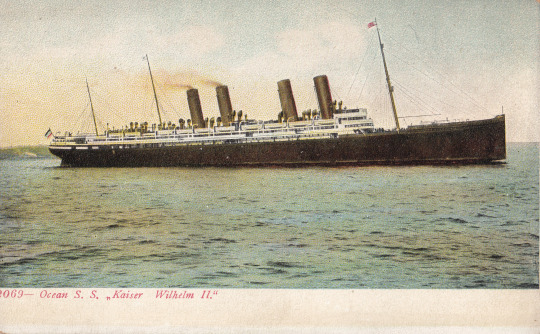
the s.s. kaiser wilhelm ii
postcard ca. 1900s
#postcard#postcards#ocean liners#ss kaiser wilhelm ii#norddeutscher lloyd#1900s#veritable forest of cowl vents on this bad boy. gotta love it
16 notes
·
View notes
Text

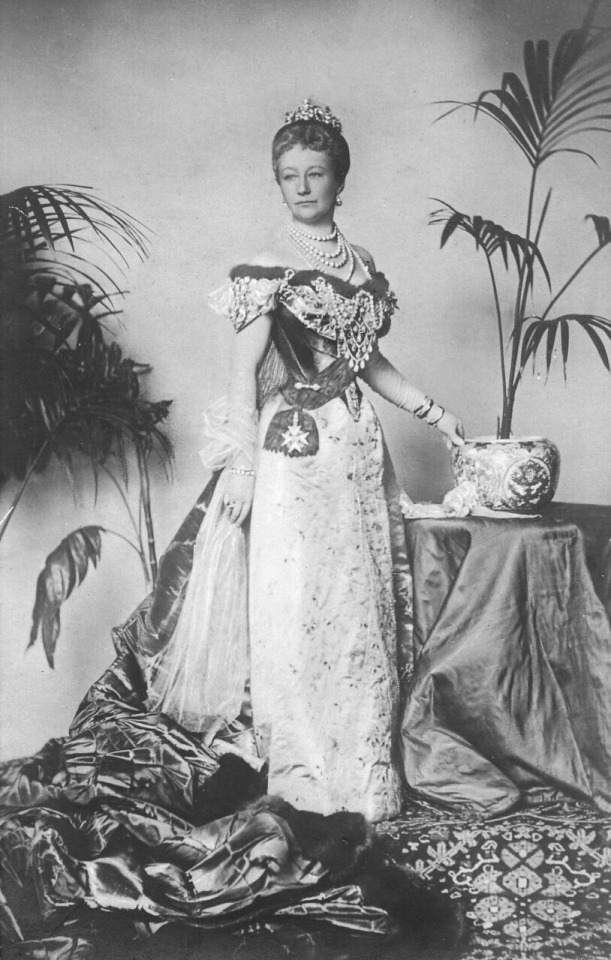
October 22 1858: The Birth of Kaiserin Augusta Victoria of Schleswig-Holstein
Augusta Victoria of Schleswig-Holstein was the eldest daughter of Frederick VIII, Duke of Schleswig-Holstein and Princess Adelheid of Hohenlohe-Lagenburg. Tragedy struck only a week after her birth when her elder brother died from illness. In 1860, her younger sister, Caroline Mathilda, was born. Who was regarded as prettier and a brighter personality than the chubby, serious, submissive Augusta Victoria. Soon Augusta’s mother would give birth to another boy, Gerhard, who died in infancy. Their next male heir and fifth child, Ernst Gunther, was a perfectly healthy baby boy. Augusta would have two other sisters, Louise Sophie in April 1866 and Feodora Adelaide in July 1874.
In her family, she was known affectionately as “Dona.” Augusta’s obedient nature was noted on early in her youth, even by her future mother-in-law Crown Princess Frederick. ‘It is strange how good some children are – and how little trouble they give,’ she wrote to her mother, Queen Victoria, when Augusta Victoria was nine years old. ‘Ada’s children are patterns of obedience, gentleness – the best of dispositions’. (1)
The thought of a match between Princess Augusta Victoria of Schleswig-Holstein and Prince Wilhelm of Prussia was contemplated ever since they were children, as noted by the prince (future Kaiser, ex-Kaiser) later in the future. But was never taken seriously until after the prince was rejected by Princess Elisabeth of Hesse and by Rhine. Perhaps, Wilhelm was seeking for a rebound in Dona and it was a success. As the couple married on the 27th of February 1881. The marriage has been regarded to be happy but not without struggle. As Wilhelm quickly grew bored at his new wife’s longing for a simple domestic lifestyle, having multiple affairs throughout the years. And in the beginning only saw Dona as a broodmare. It was only after an ear infection gone bad, where Augusta stayed by Wilhelm’s side throughout the duration of it did he start to see her in an adjusted light, but continued to be unfaithful to her.
She bore him seven children:
Wilhelm, German Crown Prince, Crown Prince of Prussia (1882-1951)
Prince Eitel Friedrich (1883-1942)
Prince Adalbert (1884-1948)
Prince August Wilhelm (1887-1949)
Prince Oskar (1888-1958)
Prince Joachim (1890-1920)
Princess Viktoria Louise of Prussia (1892-1980)
Her days as Empress, she was regarded by the court as a prudish, a stickler for rules who punished anyone for the simplest gesture she deemed to be “immoral.” She was deemed by many as unremarkable and plain with a gaudy and tacky sense of fashion. With Nicholas II remarking to his mother, the Dowager Empress. That she ‘did her best to be pleasant but looked awful in sumptuous gowns completely lacking in taste; in particular the hats she wore in the evening were frightful.’
Though as overbearing and a nuisance as she was in public life and a part of her private life, by some family members, such as Empress Frederick (with whom she had a very heated feud with and who Augusta enjoyed snubbing frequently) who wrote to her daughter, Sophie, she was characterized as: ‘very grand and stiff and cold and condescending at first, but became much nicer afterwards. Perhaps it was also partly shyness.’ and by her younger sister, Louise Sophie that when she was ‘not bowing to the will of her autocratic husband she was easy and indulgent’. “Her cousin Alice of Albany, who was sometimes mildly critical of her older relations, found her ‘most affable and kind’.”(1)
She was her husband’s biggest supporter throughout everything (for better and for worse) and was crushed when she was stripped of her titles as German Empress and Queen of Prussia after the war. Her health, which was already declining ever since the 1890s (causing her to miscarry twice) went down a rapid decline in the 1920s. And it had worsened when she had heard of the news of the death of her youngest son, Prince Joachim. She passed away on the 11th April 1921, in spite of her personal flaws, she was a beloved Empress by the German people and her popularity outshined her husband’s. Thousands lined up to see her off, where she would be buried at the Temple of Antiquities in the gardens near the New Palais in Postdam. Her husband, the ex Kaiser Wilhelm II was forbidden to cross into Germany to see his wife off for the final time.
Her room in Huis Doorn was soon turned into a shrine dedicated to the late Empress. With Wilhelm ordering for the room to regularly be cleaned with flowers and a cross draped over the bed. “Once a week, for the rest of his twenty years, he would retire there on his own, to go and mourn her memory.“ (1)
Wilhelm adhered to his late wife’s wishes for him to marry someone else when she was gone. When only a year later he would marry Princess Hermine of Reuss. He passed away in June of 1941, at age 82, 20 years after her passing.
Source : The Last German Empress
#monarchy#kaiser wilhelm ii#german empire#german monarchy#imperial germany#wilhelm ii#kaiserin augusta victoria#empress augusta victoria#royal birthdays#THIS TOOK ME AN HOUR😭#and her bday is about to end in 8 minutes#i was hella procrastinating lmao#happy birthday to Dona ig#german royalty#german royal family
25 notes
·
View notes
Text
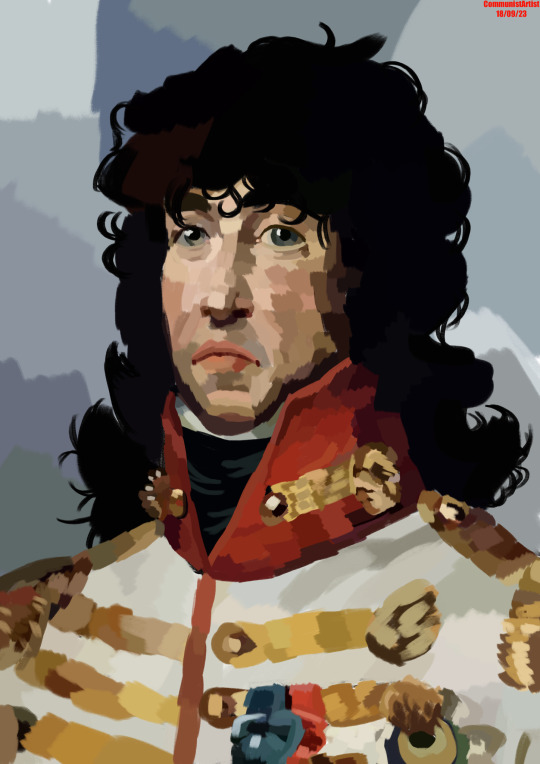


27 notes
·
View notes
Text

Kira Kirillovna with her husband Louis Ferdinand of Prussia and his grandfather, Kaiser Wilhelm.
#romanov#vladimirovichi#kira kirillovna#kyra kyrillovna#louis ferdinand of prussia#kaiser wilhelm ii#my collection
64 notes
·
View notes
Text
The 8 children of Emperor Fredrick III of Germany and Victoria Princess Royal (edit)
Wilhelm, Charlotte, Henry, Sigismund, Viktoria, Waldemar, Sophia, Margaret
(made by me using iMovie)
#should I do more of these edits?#haha I have already started making more 🤫#🩷🩵🤍#my edit#edits#video edit#prussian royal family#emperor Fredrick iii#kaiser Fredrick iii#fredrick iii#germany#kaiser wilhelm ii of germany#kaiser wilhelm ii#Victoria princess royal#crown princess victoria of Prussia#empress Fredrick of Germany#empress victoria of germany#empress of germany#princess charlotte of prussia#duchess of saxe meiningen#prince Henry of prussia#prince heinrich of prussia#prince sigismund of prussia#princess viktoria of prussia#viktoria of Schaumburg lippe#prince Waldemar of Prussia#waldemar of prussia#princess Sophie of Prussia#queen Sophie of Greece#Princess Margaret of Prussia
27 notes
·
View notes
Text
The dawning realisation of why there's so little WW1-related content in the tag "The Great War"

#not gonna name the pop star#but i think you can probably guess#following the accession to the throne of kaiser wilhelm in 1888 imperial germany entered its reputation era#ww1
5 notes
·
View notes